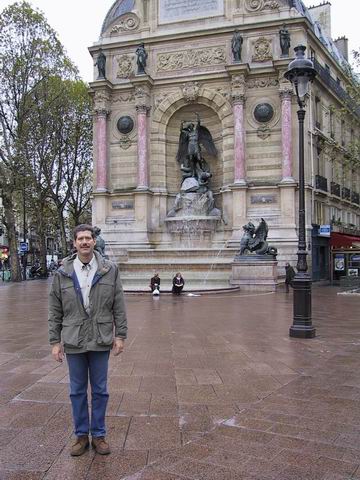
We were staying near Boulevard Saint Michel so our days usually began by walking down to the River Seine and hoping on a Metro, then at the end of the day walking back. Cal is standing in front of the fountain in the Palace Saint Michel. This is the square at the heart of the Left Bank - the Latin Quarter flows around the square. This was the gathering point for Paris rebels - in 1871 when they established the Paris Commune and in WWII when they rose up against the Nazis. In 1968 students took over the square and declared it an independent state. It was a wet day - one of many on the trip.
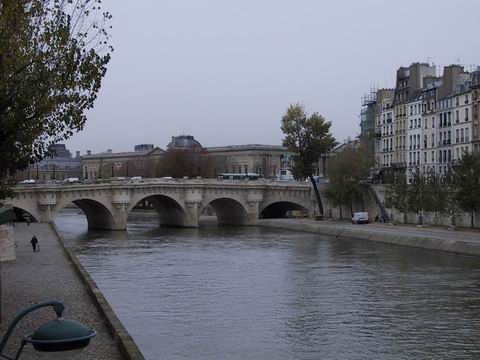
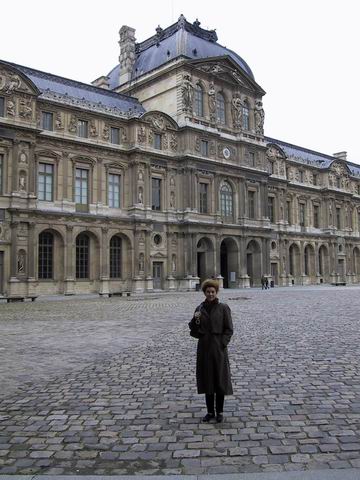


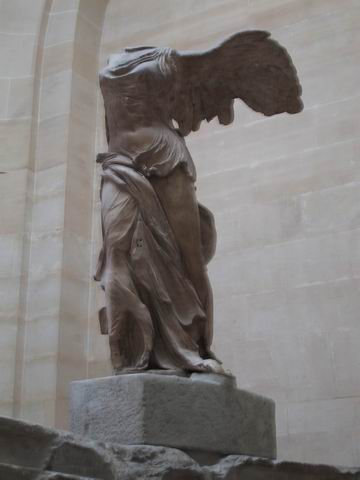
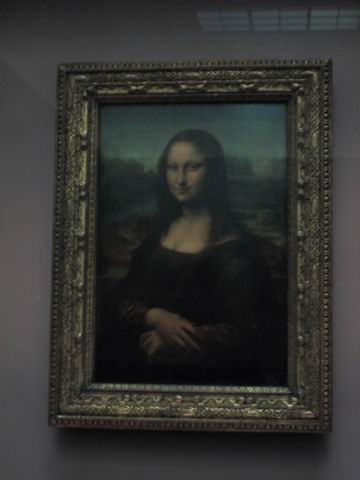
Mona Lisa by Leonardo da Vinci is a portrait of Lisa del Giocondo, the wife of a wealthy Florentine merchant. Mona Lisa formed the base for an art collection by Fancois I and three centuries later that collection would become the Louvre Museum. The painting is very crowded and you cannot get too close and there is a heavy piece of glass covering her - so the picture is not very good. You can still see that smile.

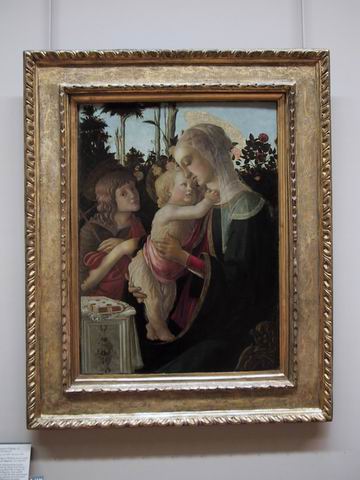


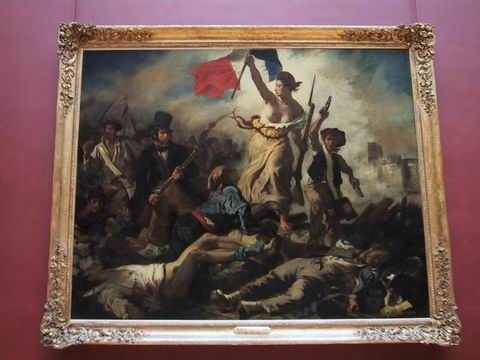
Liberty Leading the People by Delacroix done in 1830. Here the French people are overthrowing the monarchy. Delacroix places a representative from various constituencies in the march. He only uses the colors of the flag - red, white, and blue.


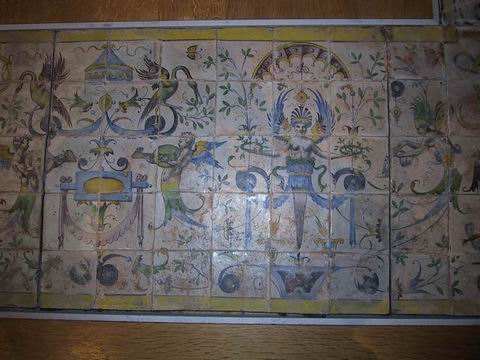
After the Louvre we ate at Cafe Le Numours across the Rue de Rivoli (recommended by Rick Steves). Then a walk to L'Orangerie - which was closed for renovation. Oh well, a reason to return to Paris. So on to the next museum -- the Musee Carnavalet. This museum is a chronological walk through French history with the Revolution as the highlight. The museum itself is in two mansions built in the 16th century. It was a great museum but Rick's book came in handy since there was no English guide.

After the Carnavalet we headed to Ile Saint Loius (Island Saint Louis) and strolled to the L'Ilot Vache for dinner. This is a great place for dinner - Virginia Ann went two times during her stay. The Ils St Louis has several good restaurants along its main drag.